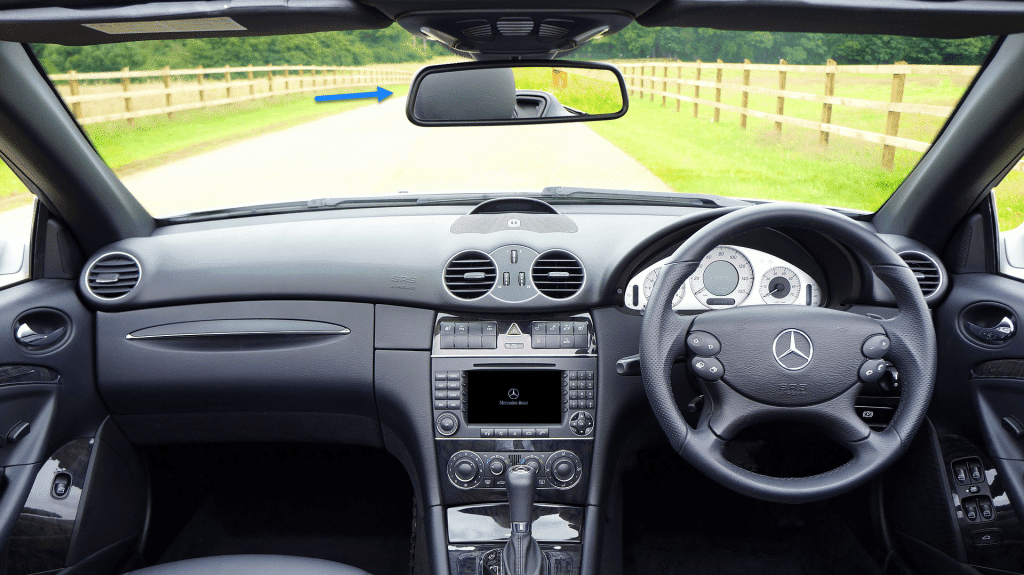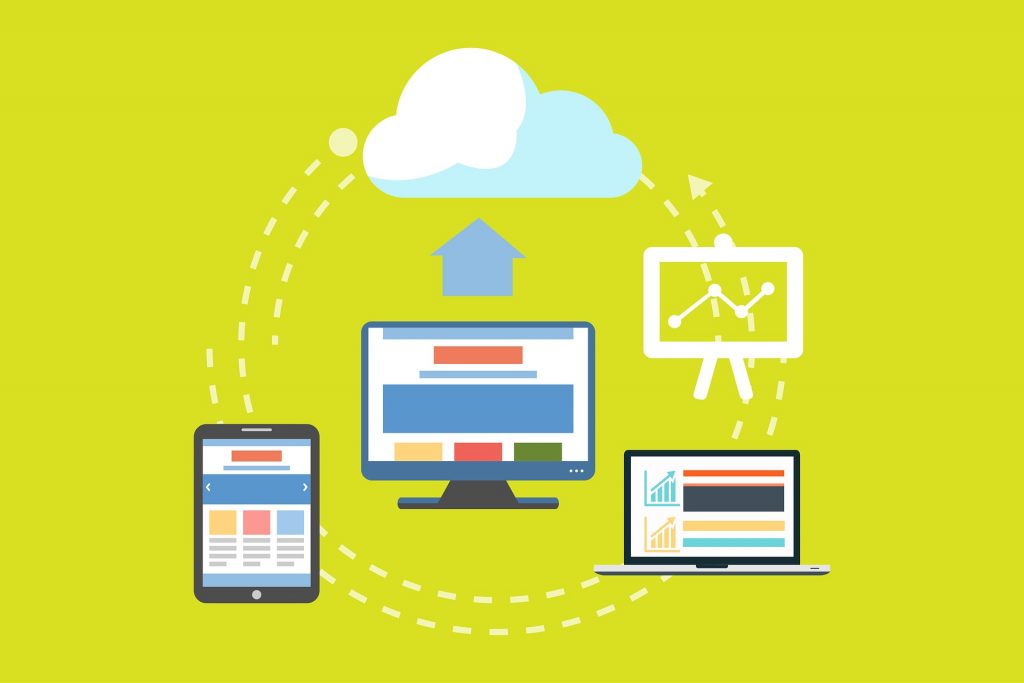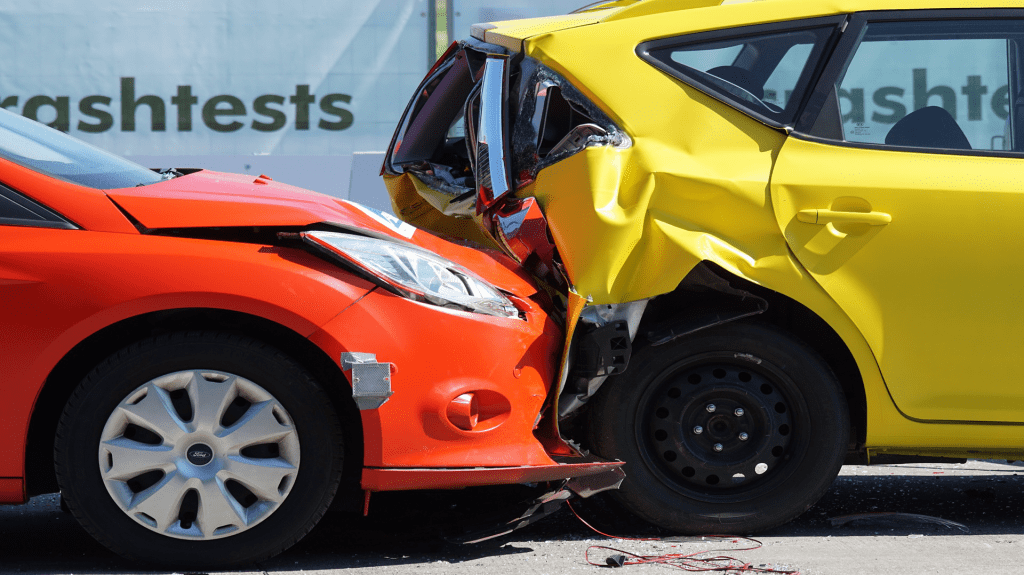The importance of having a dash cam for your fleet can’t be overstated. Whether it comes down to car accidents, insurance claims, or overall road safety; a dash cam will make sure you don’t have to stress over these things anymore. But before you start getting into dash cam, there are some things that you need to know.
Here are 8 essential things to know before buying a dash cam for your fleet:
1. Location
A common misconception is that you can install your dash cam anywhere in your vehicle, but the truth is that the location of the device is very important. If a dash cam for your fleet isn’t set up correctly, insurers and courts can disregard the footage taken. You may also be breaking the law due to poor positioning of the camera. Setup your dash cam behind the rear-view mirror with the wires away from the windshield to refrain from obstructing your sight. Keep this in mind when installing your new dash camera.
2. Legality
Having a dash cam for your fleet is no different from having security cameras outside your business for most countries. After all, the purpose of these cameras is to keep you safe and protected. But, countries like Belgium, Germany, and Switzerland have some restrictions on these cameras and you can face legal issues if their rules are not followed. Notably, Portugal and Luxembourg have not legalized the use of dash cams at all, so keep that in mind if you’re driving in those countries.
By law, you cannot have passengers in your vehicle who are unaware of your dash cam. This affects people who work in public transport especially, as Uber and taxi drivers must notify their passengers of a possible dash cam. Also, you can only operate your dash cam controls when parked as otherwise it would be considered distracted driving. You cannot hide footage that incriminates yourself because police have the right to view all footage. A dash cam for your fleet keeps the roads safe, not just your business.
3. Uploading and Saving
Most dash cams allow for external storage with SD cards and may even include integrated storage. As a result. you can upload the footage stored on the memory on your own computer. Although there is a database where you can upload any footage of incidents in the UK, this does not exist in North America.
It may be unrealistic to review SD card footage on a computer because it consumes a lot of time. Thus, most industrial level dash cameras, like ZenduCAM, come with cellular capabilities. So if you have a SIM card connected, you can continuously upload live footage to your own personal cloud to better track the activities of your fleets.
4. Permissions
There is no regulatory board to get permission for dash cam use for your fleet. It is your personal property and is treated as such. Although, using a windshield mount on your dash cam is prohibited in most US states. This is because the mounting a dash cam on your windshield can potentially block your view.
If you’re a manager with vehicles moving across North America, make sure to note the regulations in place in each individual state. You want to save yourself from legal issues with a dash cam for your fleet, not cause them by being uninformed.
5. Recording
Most dash cams only record once the ignition on your vehicle is started, but there are some devices that will record when the vehicle is parked by running on an internal battery. Regardless of the power source, a dash cam is made to continuously record and overwrite previous files to maintain recording as long as there is some power source keeping it on.
There are devices like ZenduCAM that will not overwrite files if they include significant footage of incidents. This is done through a G-sensor that can detect impact force, so when the force of an accident is noted in a clip, that footage will not be overwritten.
6. Accidents
If your one of your drivers gets into an accident and you know it isn’t their fault, how are you going to prove it? The other driver involved in the accident can just say that it was your fault. You may have some witnesses to back your claim, but having a dash cam for your fleet is the most reliable way to show a lack of fault in these situations.
7. Tickets
Dash cam footage can be used to help you show innocence if stopped for a traffic violation. This ranges from red light violations to even a police officer claiming you were on your phone. If you have a driver-facing dash cam, you can show the officer that you weren’t on your phone. This helped a driver in New York show an officer that he was just scratching his ear rather than speaking on the phone.
Many high-end dash cams such as ZenduCAM even track speed. If an officer claims one of your drivers was speeding excessively, a dash cam for your fleet can help you dispute this claim as courts accept this footage as evidence.
8. Insurance
When considering purchasing a dash cam for your fleet, many people think about the cost. This includes the potential for long term cost saving. In the UK, some insurance companies offer discounts of up to 30% for having a dash camera installed. The US does not offer any insurance discount currently, but some states are pushing for a 5% discount. As dash cams become the norm, other countries will likely start following the trend in the UK. Even if there isn’t a direct saving on insurance for you right now, you’ll be glad you purchased a dash cam when someone hits your car.











































